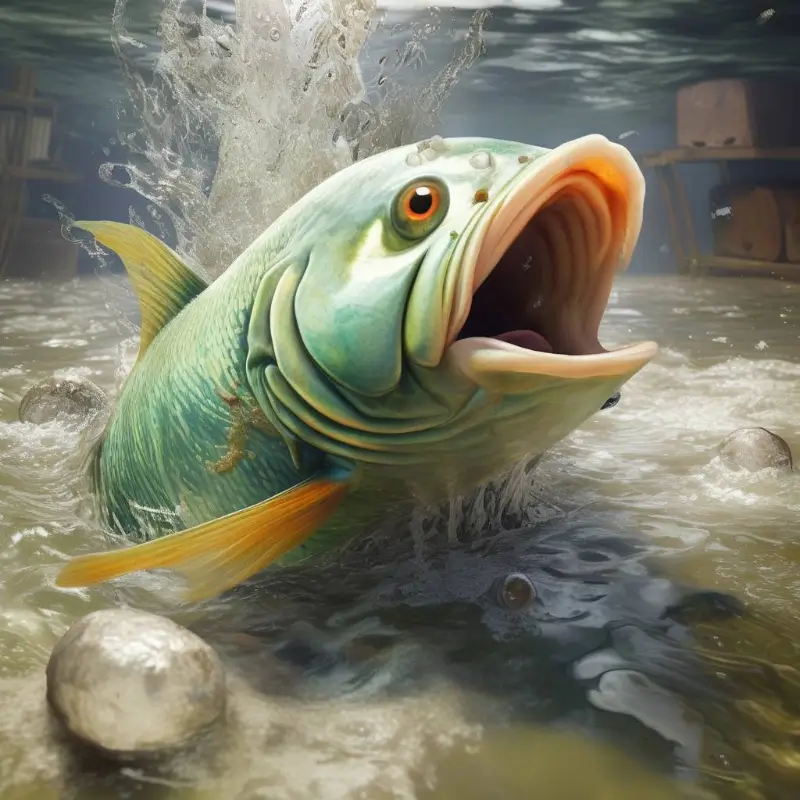why don’t fish drown?
Fish don’t drown because they have adaptations that allow them to extract oxygen from water, which is less oxygen-rich than air. Here’s how they do it:
- Gills: Fish have gills, which are specialized organs that extract oxygen from water as it passes over them. Gills are highly efficient at extracting dissolved oxygen, which is how fish breathe underwater. As water flows over the gills, oxygen from the water is transferred across the gill membranes into the bloodstream of the fish.
- Gill Arteries: Blood from the fish’s body is pumped to the gills through gill arteries. The gills enrich the blood with oxygen and remove carbon dioxide, which is then released back into the water.
- Buoyancy: Fish have swim bladders, which are gas-filled organs that help them control their buoyancy. By adjusting the amount of gas in their swim bladder, fish can ascend, descend, or remain at a certain depth in the water column.
- Respiratory System: Unlike mammals, fish do not breathe through their mouths when they are actively swimming. Their gills are the primary respiratory organ. The mouth is used for feeding, and the operculum (a bony flap) covers the gills when the fish is not actively feeding to prevent water from escaping.
- Osmoregulation: Fish also have special mechanisms to regulate the balance of water and salts in their bodies, known as osmoregulation. This is important because they live in environments with varying concentrations of saltwater.
If a fish is removed from water, its gills can’t extract oxygen from the air, and it will eventually suffocate due to lack of oxygen. This is why fish need to be kept in water to survive.



